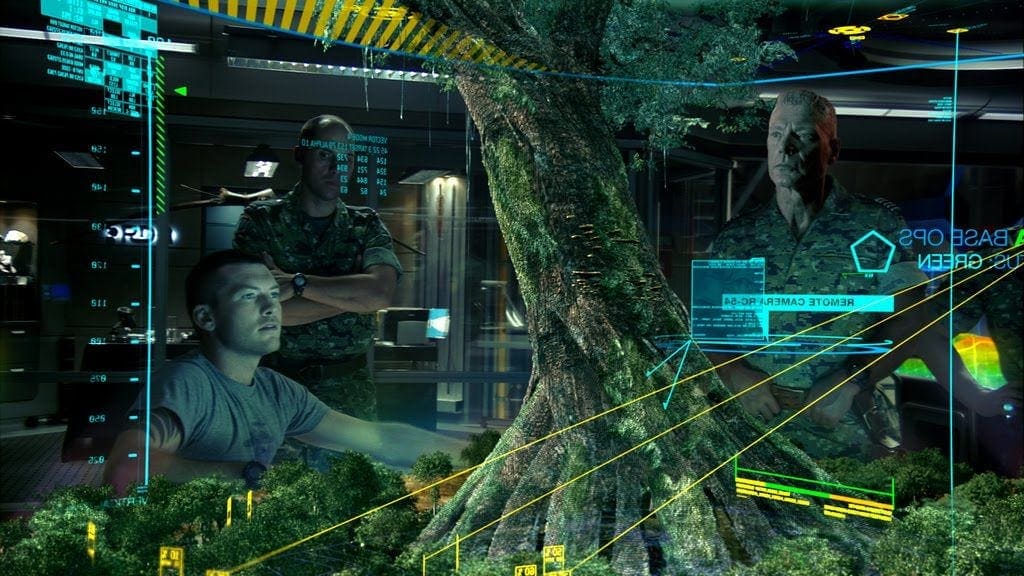The Latest Advancements in Virtual Reality Technology
Virtual Reality (VR) technology has grown at an unprecedented rate over the past few years, evolving from a niche novelty into a transformative force across various industries. From gaming and entertainment to healthcare and education, VR is redefining how we interact with digital environments. The most recent advancements in VR technology are not only pushing the boundaries of immersive experiences but are also making VR more accessible, intuitive, and practical for everyday use. This article explores the latest breakthroughs in VR technology, from hardware innovations to software enhancements, and discusses the implications for the future.
One of the most significant advancements in VR technology is the improvement in display resolution and optics. In the early days of VR, the “screen door effect” — where users could see the gaps between pixels — was a major drawback, reducing the immersion factor. Today, VR headsets feature ultra-high-resolution displays that offer sharp, detailed visuals.
For example, headsets like the HP Reverb G2 and Valve Index boast resolutions exceeding 2000×2000 pixels per eye, dramatically enhancing the clarity of virtual environments. This high resolution not only improves the visual experience but also reduces eye strain and motion sickness, which were common complaints with earlier VR headsets. Moreover, advanced lenses and optics systems have been developed to minimize distortions and improve field-of-view, making virtual worlds feel more natural.
The Pancake Optics is a cutting-edge development in the realm of VR headsets. This technology reduces the thickness of the lenses, allowing for sleeker, lighter headsets. The Oculus Quest Pro, for instance, incorporates this technology, which contributes to its slim form factor while maintaining visual quality.
The shift from tethered VR systems to wireless solutions has significantly improved user experience. Earlier VR systems required users to be connected to a powerful PC via cables, limiting mobility and creating the risk of tripping. However, advancements in wireless technology and standalone VR headsets have made these systems more flexible.
The Oculus Quest 2, one of the most popular VR headsets today, is a fully standalone device, meaning it doesn’t require a connection to a PC or console. It offers high-quality VR experiences wirelessly, using internal hardware to power the system. However, for more demanding applications, the headset can still connect wirelessly to a PC through Oculus Air Link, allowing for high-fidelity experiences without the cumbersome cables.
Wireless technology has also extended to WiGig (Wireless Gigabit), which provides faster data transfer rates and lower latency, ensuring that the VR experience remains smooth and responsive, even in complex virtual environments. This wireless advancement is pushing the boundaries of VR usage beyond gaming into professional fields like architecture, engineering, and virtual collaboration.
Eye-tracking technology is one of the most exciting developments in VR, as it opens up new possibilities for how users interact with virtual environments. By tracking where the user is looking, VR systems can adjust the resolution in real-time, a technique known as foveated rendering. This process reduces the computational load by rendering the highest resolution only where the user is focusing, allowing for more detailed visuals without overwhelming the hardware.
Moreover, eye-tracking can improve interaction with virtual objects. Instead of relying solely on hand controllers, users can make selections simply by looking at objects or menus. This is particularly useful for improving accessibility for users with limited mobility or dexterity. Devices like the HTC Vive Pro Eye have integrated eye-tracking to provide a more intuitive, immersive experience.
In addition to gaming and entertainment, eye-tracking technology has promising applications in fields such as marketing and psychology, where understanding the user’s gaze patterns can provide valuable insights into behavior and decision-making processes.
While VR has traditionally focused on providing immersive visual and auditory experiences, there has been a growing interest in incorporating touch, or haptics, into VR systems. Haptic feedback allows users to feel virtual objects, adding a new layer of immersion that goes beyond sight and sound.
One of the most innovative advancements in haptic technology is haptic gloves. Companies like HaptX and Teslasuit have developed gloves that provide users with tactile sensations, allowing them to “feel” objects in virtual environments. These gloves use a combination of pressure, vibration, and force feedback to simulate touch, texture, and even resistance, giving users a more realistic sense of interaction with virtual objects.
Haptic feedback is also being integrated into VR controllers. The Valve Index Controllers (also known as “Knuckles” controllers) allow users to grasp virtual objects more naturally by tracking individual finger movements. This combination of finger tracking and haptic feedback enhances the overall sense of presence in VR, making the experience feel more lifelike.
Another advancement in VR technology is the development of full-body tracking systems. While early VR systems tracked head and hand movements, the rest of the body was often left out of the equation, resulting in disembodied avatars and a less immersive experience. Full-body tracking solves this issue by tracking the movement of the user’s entire body.
Systems like Vive Tracker allow for precise tracking of feet, legs, and torso, enabling users to see and control their full body in VR. This is particularly useful in applications such as VR fitness, where users can perform full-body exercises and see their movements mirrored in the virtual world. Additionally, full-body tracking is being used in social VR platforms like VRChat, where users can express themselves through full-body avatars.
The integration of full-body tracking has also opened up new possibilities for VR-based motion capture. Filmmakers and game developers can use VR systems to capture real-world movements in real-time, making the process of creating animated characters more efficient.
The concept of social VR is rapidly evolving, offering new ways for people to interact and collaborate in virtual spaces. Platforms like Meta’s Horizon Worlds, AltspaceVR, and Rec Room have become popular spaces for socializing, gaming, and attending virtual events. These platforms allow users to create and explore virtual worlds together, fostering a sense of community in the digital realm.
Beyond socializing, collaborative VR is making waves in professional settings. Companies like Spatial and MeetinVR offer virtual meeting rooms where users can collaborate on projects, share 3D models, and brainstorm in real-time, regardless of their physical location. This is particularly beneficial in industries like architecture, engineering, and product design, where teams can visualize and manipulate complex models together in VR.
The COVID-19 pandemic has accelerated the adoption of collaborative VR, as businesses seek new ways to connect remote teams. The ability to interact with colleagues and clients in a shared virtual space provides a more immersive and engaging experience than traditional video conferencing tools.
VR technology is also making a profound impact on healthcare, both in training and treatment. Medical professionals are using VR for simulations, allowing students and doctors to practice surgeries and procedures in a risk-free environment. Platforms like Osso VR and Surgical Theater offer realistic surgical simulations that can help improve the skills of medical practitioners without the need for live patients.
In terms of treatment, VR is being used for therapeutic purposes, such as VR exposure therapy for treating phobias and PTSD. Patients can be gradually exposed to their fears in a controlled virtual environment, helping them manage anxiety and stress in a safe and controlled way. VR has also shown promise in pain management, with immersive environments helping patients reduce their perception of pain during medical procedures or rehabilitation.
Furthermore, VR is aiding in the treatment of neurodegenerative diseases such as Alzheimer’s, where it’s used to stimulate cognitive function through engaging virtual environments.
The integration of AI in VR systems has led to smarter and more adaptive virtual environments. AI-powered NPCs (non-playable characters) in VR games and simulations are becoming more realistic and responsive, offering a more immersive and dynamic experience for users. These NPCs can learn from the user’s actions, adapt to their behavior, and provide more personalized interactions.
AI is also being used to enhance procedural generation in VR environments, allowing for the creation of vast, dynamic worlds that change based on the user’s actions. This technology is particularly useful in VR gaming, where procedurally generated content can provide a unique experience for each player.
As VR technology continues to advance, its integration with Augmented Reality (AR) is becoming increasingly seamless. Companies like Meta, Apple, and Microsoft are working on mixed reality systems that combine the best of both VR and AR, allowing users to switch between fully immersive virtual environments and augmented overlays on the real world.
The concept of the Metaverse, a collective virtual shared space, is also gaining traction. With advancements in VR, users will soon be able to explore interconnected virtual worlds, socialize, work, and play in a persistent digital space that mirrors the real world.
The latest advancements in VR technology are reshaping how we interact with digital environments, making virtual experiences more immersive, accessible, and practical. From high-resolution displays and wireless freedom to haptic feedback and full-body tracking, VR is breaking new ground in gaming, entertainment, healthcare, and beyond. As VR continues to evolve, its integration with AI, AR, and the Metaverse will open up even more possibilities, bringing us closer to a future where the line between the virtual and real worlds is increasingly blurred.











Post Comment